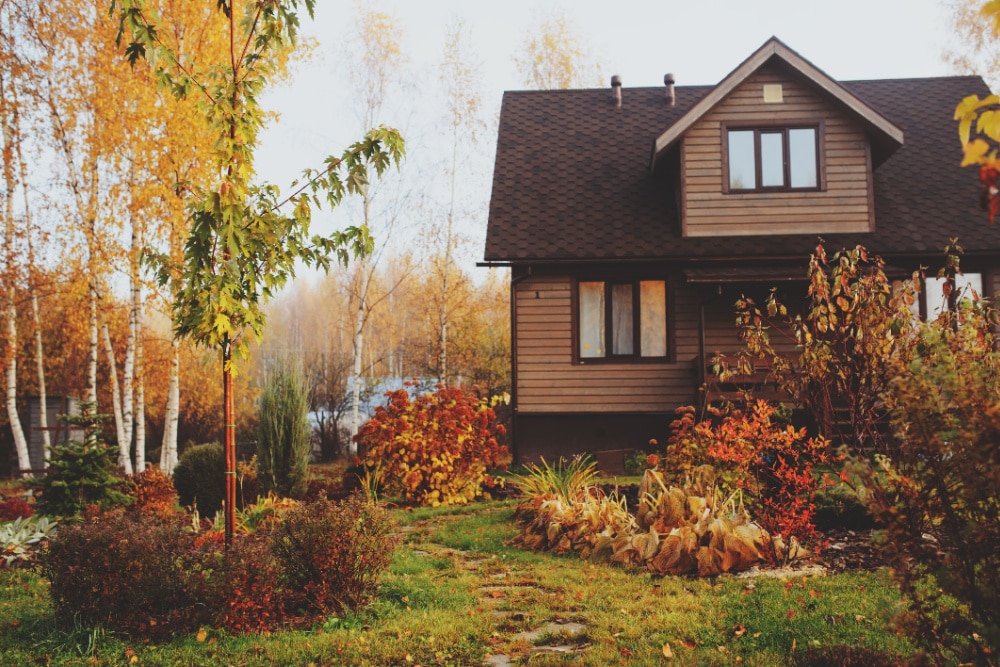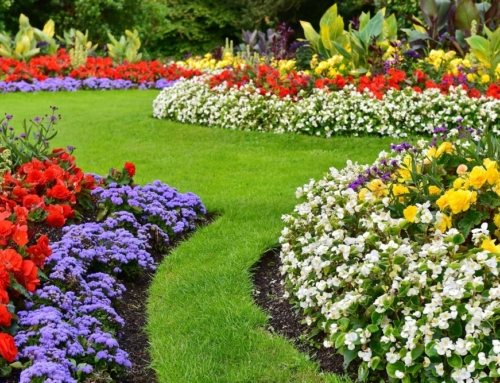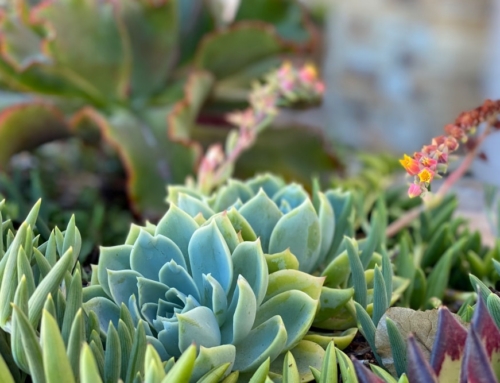Selecting the right plants is one of the most crucial decisions when designing a sustainable and visually appealing landscape. While aesthetics and function play key roles, choosing plants that thrive in your local climate is critical for long-term success. In regions like NYC, Nassau County, Long Island, and Westchester, where weather conditions vary significantly from season to season, proper plant selection ensures that your garden or commercial landscape remains vibrant with less maintenance, reduced water use, and fewer pest issues. This guide will walk you through the process of selecting climate-appropriate plants for both residential and commercial landscapes.
Why Climate Matters in Plant Selection
Every plant has specific environmental requirements for light, temperature, and water. When plants are placed in climates to which they are not adapted, they become high-maintenance, requiring excessive irrigation, fertilization, and pest control. In New York’s Northeast climate, winters are cold, and summers can be hot and humid, making it crucial to choose plants that can handle both extremes.
Property managers overseeing Long Island commercial landscaping projects often seek plants that can withstand salty air near coastal areas. Meanwhile, Westchester homeowners may focus on varieties that thrive in frigid winters without requiring extensive care. In NYC rooftop irrigation projects, lightweight, drought-tolerant species are essential due to limited soil depth and exposure to sun and wind.
Understanding Plant Hardiness Zones
The USDA Plant Hardiness Zone Map is a valuable tool for determining which plants will thrive in your area. New York spans zones 6 through 7, with some areas reaching zone 8. Plants rated for these zones can withstand average winter temperatures and adapt well to seasonal changes.
- Zone 6 (Westchester and northern suburbs): Best suited for hardy perennials, shrubs, and evergreens that tolerate cold winters. Examples: boxwood, hydrangea, and daylilies.
- Zone 7 (Nassau County, Long Island, and parts of NYC): Offers a broader range of plant options, including ornamental grasses, lavender, and crepe myrtle.
- Zone 8 (southern Long Island microclimates): Supports heat-tolerant plants and longer blooming seasons.
Understanding your zone helps narrow plant options and prevents costly mistakes in landscaping design.
Native Plants: The Smartest Choice
Native plants are adapted to local soil, rainfall, and climate conditions, making them naturally resilient. They require less irrigation, are less prone to pests, and often provide habitat for pollinators and wildlife. For example, black-eyed Susans, echinacea, and switchgrass thrive in New York landscapes while supporting bees and butterflies.
For Nassau County irrigation systems, integrating native plants reduces water demand and supports sustainable landscape practices. Commercial properties in Long Island benefit from native shrubs and groundcovers that maintain curb appeal year-round without heavy inputs.
Plants for Different Landscape Goals
When choosing climate-appropriate plants, it’s essential to match them to your landscaping goals:
For Low-Maintenance Landscapes:
- Ornamental grasses (feather reed grass, fountain grass)
- Groundcovers (creeping thyme, vinca minor)
- Shrubs (spirea, inkberry holly)
For Seasonal Color:
- Spring: tulips, daffodils, magnolia trees
- Summer: coneflowers, hostas, hibiscus
- Fall: asters, sedums, Japanese maples
- Winter: evergreens, red twig dogwood, hellebores
For Commercial Durability:
- Salt-tolerant plants (bayberry, juniper) for Long Island coastal sites
- Hardy shrubs (boxwood, holly) for Westchester plazas
- Container-friendly perennials (sedums, ornamental kale) for NYC rooftop irrigation projects
Tips for Successful Planting in New York’s Climate
- Match soil and water needs: Group plants with similar irrigation requirements to simplify care.
- Incorporate mulch: Helps regulate soil temperature, suppress weeds, and retain moisture.
- Plan for year-round interest: Combine evergreens with seasonal blooms for consistent beauty.
- Think long-term: Choose slow-growing species to minimize pruning and replacement.
- Utilize smart irrigation: Drip systems paired with Nassau County irrigation systems minimize waste and promote plant health.
Thrive with Climate-Smart Plant Choices
Choosing the right plants for your climate saves time, reduces maintenance, and ensures your landscape remains beautiful throughout the year. From Nassau County irrigation systems to NYC rooftop gardens and Westchester estates, climate-appropriate plant choices are the foundation of sustainable and prosperous landscapes.
Partner with Cerullo for Expert Plant Selection
At Cerullo Landscape and Irrigation, we help you choose plants ideally suited for your property’s climate and conditions. Whether you need a low-maintenance residential design or a durable commercial solution, our team will create a thriving landscape tailored to your environment. Contact us today to schedule a consultation!
Frequently Asked Questions
- Can non-native plants still work in New York landscapes?
Yes, as long as they fall within your USDA hardiness zone and match your soil and water conditions. However, they may require more care than native plants. - How do I know if a plant is drought-tolerant?
Check plant tags, consult nursery recommendations, or seek the advice of a professional landscaper. Many ornamental grasses, succulents, and Mediterranean herbs are naturally drought-resistant. - Should I change plants with the seasons?
Not necessarily. By combining perennials, shrubs, and evergreens, you can create a landscape that offers year-round interest without requiring frequent replanting.






